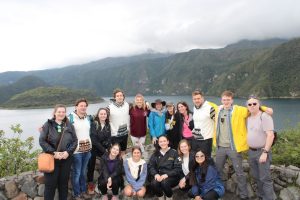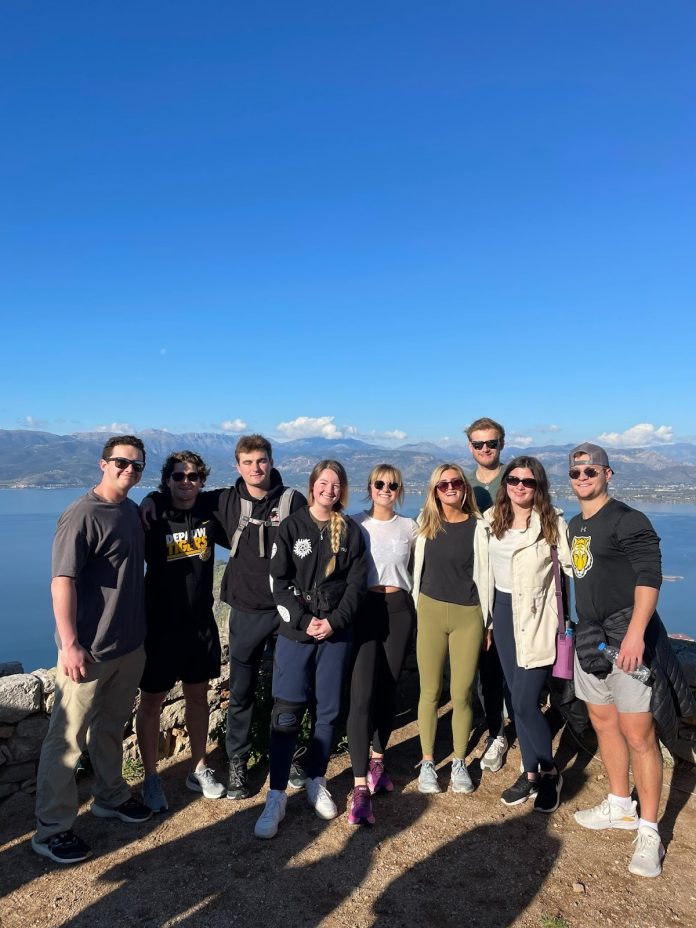
Junior Sydney West traveled alongside her fellow students to Greece for the Sacred Landscapes of Greece course. The focus of the course was to explore the environment, archaeology, and religion behind the architecture of Greece’s past.
“Our travels took us from Athens to Heraklion (in Crete), up to Nafplion (Nafplio), then Olympia, Kalambaka, before finally ending our trip in Thessaloniki. We stopped at a few sacred places along the way, including, but limited to, Corinth, Mycenae, and Knossos,” West said.
Her favorite part of the trip was her time spent in Delphi. The beauty of the site is one West said she won’t ever forget. She claims the pictures do not do Delphi justice. The most shocking part about Delphi for West was how tall the mountains were.
“Standing in front of the ruins of the Temple of Apollo, the same place where the Oracle would share the wisdom of the sun god to those who asked, was so incredible to experience,” West said.
In addition to the shocking landscape, West learned about the significant culture difference between Europe and the United States. Specifically, waiters and waitresses do not get tipped–a distinctive difference from the US. Overall, West says this was the best trip she had ever taken and would not trade the experience for anything.
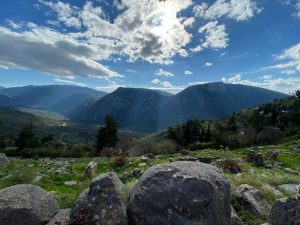
Junior Beck Wakefield spent his winter term studying architecture and sports in Italy. The focus was on ancient Roman and medieval architecture as well as their craftsmanship. Religion was also a major focus, as students looked into the influence it had on society during those periods.
“The trip was also an opportunity for the DePauw men’s soccer team to train and play in matches against Italian teams. The most memorable part for me was the soccer training we had under the Italian coaches,” Wakefield said.
The monuments in Rome were especially impressive to Wakefield. He said that the way old history and new juxtaposed next to each other in a large contemporary society was unbelievable.
“You walk out of a gelato shop and there’s the Pantheon,” Wakefield said.
Wakefield learned the most about a particular motif behind the history of the Italian peninsula: craftsmanship.
“Before the Romans, the Etruscan people in Perugia built city walls, buildings, and even a well that has stood the test of time. The Romans built and engineered some of the most incredible monuments and buildings even by today's standard. In medieval times, beautifully decorated cathedrals became widely prevalent everywhere,” Wakefield said.
Wakefield mentioned that their craftsmanship extends beyond the tools invented during the Italian renaissance. Looking around in contemporary Italy, craftsmanship can be seen in Italian food, luxury sports cars, handmade leather goods, and even soccer.
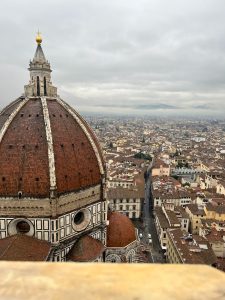
Junior Dejuan Jones went to Cuba over winter term to explore Cuban culture and the public health system.
“The most memorable part about it was seeing how Cuba is continuing to thrive due to having limited resources. The usage of solidarity showcased throughout everything they do is the main reason why they are still standing strong as a whole,” Jones said.
Throughout the trip, Jones learned that things in life should not be taken for granted.
“Seeing how hard Cubans have to work for the sake of their survival really taught me that the little things I complain about should instead be cherished,” Jones said.
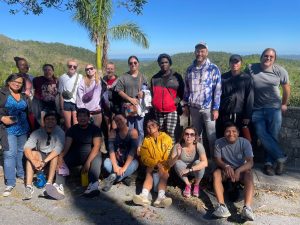
Junior Grant Knight spent his winter term abroad in the Galapagos Islands. The first week was spent in Ecuador, then the second week was spent on the islands themselves. The main focus was to observe the biological diversity of the islands and learn about its history.
“The most memorable experiences had to have been the clear waters during snorkeling. Never had I experienced such tame wildlife where the fish would swim alongside you and sea lions came to investigate us while we were in the water,” Knight said.
Knight’s most shocking experience was encountering an adult manta ray on the side of the boat. He mentioned how graceful they were, despite being so large. The one Knight ran into had about a 12-foot wingspan, although they can be much larger.
“I learned a lot about the island's historical, ecological, and geographical significance. The islands sit on the equatorial line and consist of many active volcanoes. Three different ocean currents pass through the islands, which allows one to see many different species,” Knight said.
Seabirds, penguins, marine iguanas, turtles, giant tortoises, and many other species can be found within short distances of each other on the islands. Knight says the Galapagos are unlike anything else in the world.
